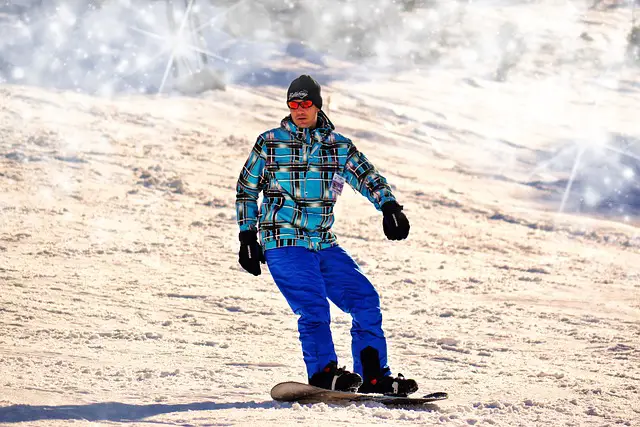Whether you’re a seasoned winter adventurer looking for a new challenge or someone who just wants to experience winter’s wonder while engaging in a good exercise, snowshoeing is an excellent activity. However, like any outdoor pursuit, choosing the proper gear is crucial to both your comfort and safety. This guide will focus on arguably the most important piece of equipment – boots. Let’s answer the question: “What kind of boots should you wear snowshoeing?”

Why are Proper Boots Important for Snowshoeing?
Snowshoeing requires boots that offer warmth, waterproofing, and good ankle support. Further, they need to fit well with your snowshoes’ bindings. A poor choice can lead to not just discomfort but potential injuries like frostbite, blisters or sprains.
The Characteristics of the Best Snowshoeing Boots
Before you purchase a pair of boots for snowshoeing, keep in mind these important features:
Insulation
When you are out in the snow for hours, insulation is critical. Look for boots that feature a good insulating material to keep your feet warm even on the most frigid days. Thinsulate or other synthetic insulation types are commonly used and effective.
Waterproofing
Given the snowy, slushy circumstances of snowshoeing, waterproof boots are a must. Look for features like sealed seams, synthetic uppers, and gusseted tongues to prevent water from seeping into the boots.
Ankle Support and Comfort
Since snowshoeing can involve a lot of uneven terrain, boots with sturdy support and comfortable cushioning are crucial. Look for mid-high or high-top boots for better ankle support. Also, make sure your boots fit well; they shouldn’t be too tight or too loose, and provide enough room for warm, comfy socks.
Sole Traction
Safety is paramount when snowshoeing, and to ensure you won’t slip, you need boots with superb traction. Look for a pair with an aggressive tread or deep lugs for best results.
Types of Boots Suitable for Snowshoeing
Now that we’ve covered the necessary features, let’s look at boots categories:
Winter Hiking Boots
These are typically a great choice for snowshoeing. They are designed to handle cold weather and challenging conditions, so they offer excellent warmth, waterproofing, and traction.
Insulated Snow Boots
These boots are generally more heavily insulated and can be a good choice for snowshoeing in particularly cold conditions. They are waterproof and comfortable, but might not provide as much ankle support as other options.
Mountaineering Boots
For snowshoeing in extreme mountainous terrain, you might need to consider mountaineering boots. They are very sturdy and offer excellent support, insulation, and waterproofing. They are, however, usually heavier and more expensive.
In Conclusion
Now you have the answer to what kind of boots to wear snowshoeing. Remember, the right pair of boots can make all the difference between a fun, comfortable adventure and a miserable, potentially dangerous experience. So, invest in boots with good insulation, waterproofing, ankle support, comfort, and sole traction.
Keep in mind the types of boots that work well for your specific snowshoeing needs and conditions – whether that’s winter hiking boots, insulated snow boots, or mountaineering boots. Happy Trails and happy snowshoeing!



